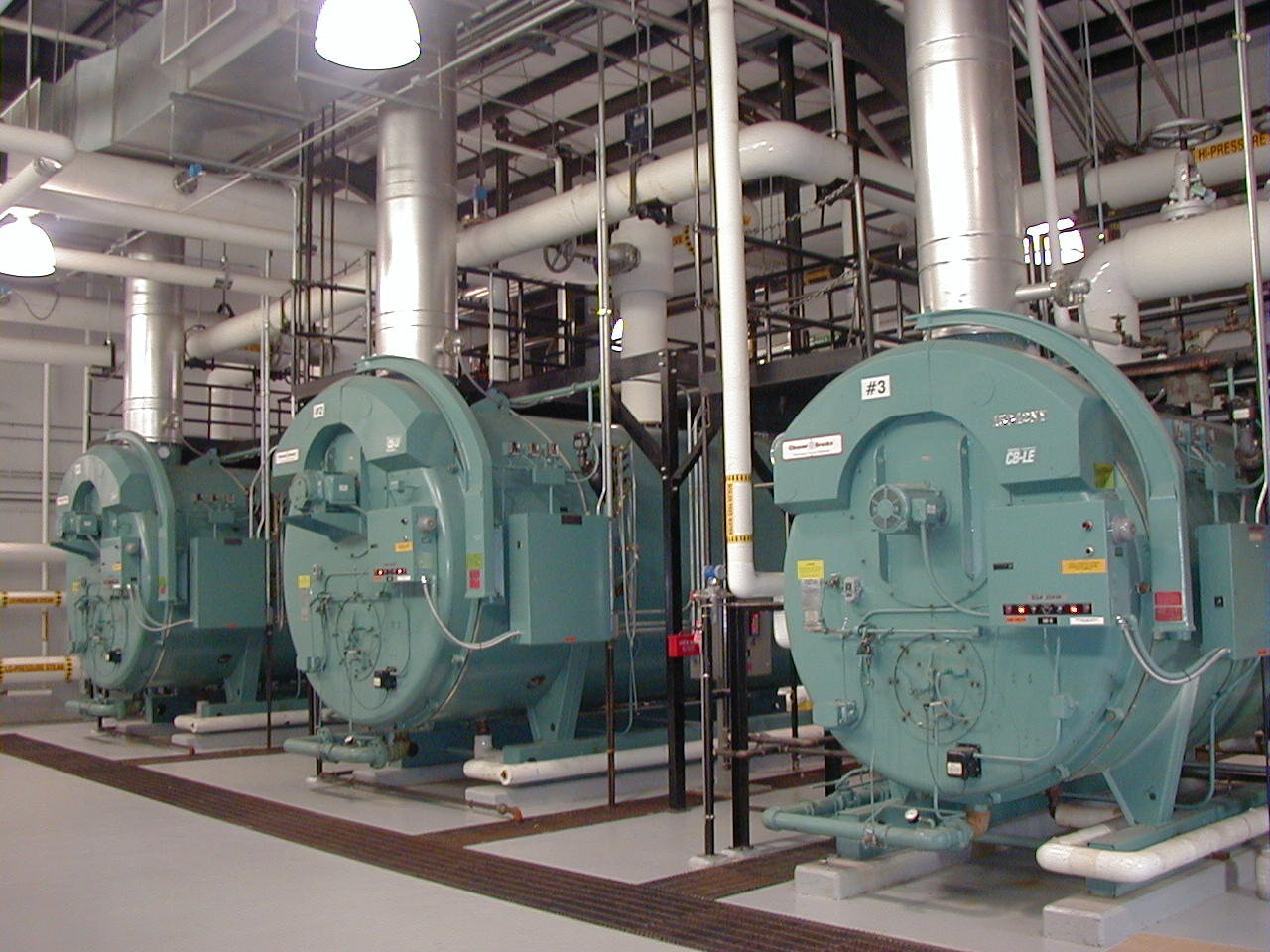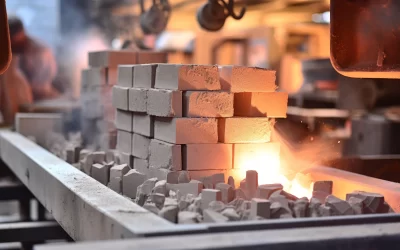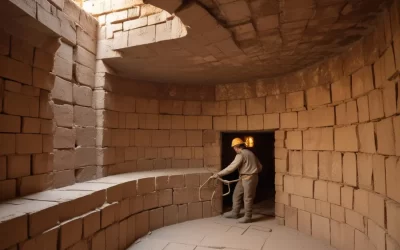A boiler feedwater purification system is frequently needed for industrial enterprises which use a boiler for their facilities to implement an efficient operation and high-quality steam production.
Scaling, rust, and clogging of the boilers and downstream equipment will lead to costly plant outages, high administration expenses, and boiler collapse if the boiler feedwater system is not properly installed.
What is a Boiler feed water management system?
A boiler feedwater purification system is a bunch of techniques that operate together to align your particular boiler feedwater treatment needs.
A boiler feedwater process is required for both high- and low-pressure burners. It will go a fair distance to prevent costly replacements/updates if the right process is applicable before problems such as fouling, scaling, and corrosion arise.
What does the boiler feed system include?
The individual elements of a boiler feedwater treatment system are determined by the quality of the water being pulled from and the quality of water makeup required for the boiler.
However, a common boiler feedwater system usually contains some of the following:
- Filtering and ultrafiltration
- Softening/ion transfer
- Deaeration/degasification
- Chemical precipitation/coagulation
- Membrane procedures such as reverse osmosis and nanofiltration.
Any mixture of these results may best fit your facilities and make up your boiler feedwater treatment procedure based on the contaminants available in your water. And depending on your plant’s and process’s requirements, these standard components are frequently sufficient.
On the other hand, if your plant wants a process that has more customization, you’ll have to add extra capabilities.
Which materials can be removed through this boiler feedwater system?
The methods required to remove troublesome dissolved compounds, disregarded particles, and natural material could be found in a boiler feedwater treatment system.
Iron: Iron can accumulate on boiler components and pipes, harm upstream machinery, and affect the quality of certain production processes, whether it is soluble or insoluble.
Copper can induce deposits to form in high-pressure rotors, reducing their performance and necessitating expensive cleaning or component replacements.
Silica: If this substance is not eliminated to low concentrations, it can create exceptionally tough scaling, particularly in large boilers.
Calcium: Based on the biochemistry of the boiler feedwater, calcium can induce scales in a variety of forms, such as calcium silicate, calcium phosphate, and so on.
When mixed with phosphorus, magnesium can adhere to the inside of the boiler and coat pipes, accumulating more particles and adding to scale.
Aluminum: This forms a scale on the inside of the boiler and can interact with silica to enhance the risk of scaling.
Chemical reactions caused by dissolved gases, including o2 and co2, can severely corrode boiler pipes and components.

How does this boiler feedwater system work?
The treatment technique used depends on the boiler’s needs and the quality and composition of the feed and makeup water.
A conventional boiler feedwater treatment process, on the other hand, will typically incorporate the following phases. Let’s take a look and see what we can find out!
Consumption of makeup water
Makeup water is pulled from its resource, whether it is raw water, city water, city-treated wastewater, in-plant effluent recycling, well water, or any other surface water source, to replace vaporized or spilled water from the boiler.
Coagulation and Chemical Precipitation
After most of the massive things have been removed from the basic water supply, the majority of suspended particles and other pollutants are extracted in a reaction vessel.
This process starts with a sequence of blending units (typically one or two) that add specific compounds to eliminate all of the tiny particles in the water by combining them into bigger particles that drop away.
The most widely used coagulates are aluminum-based coagulates, such as alum and polyaluminum chloride. A small pH change could also help the particles coagulate.
Filtering and Ultra-filtration
The next stage is to filter out any suspended particles such as silt, turbidity, and certain forms of organic compounds.
The elimination of suspended solids upstream can shield membranes and ion-exchange polymers from clogging subsequently in the preliminary treatment; therefore, it’s typically beneficial to accomplish this early on. Depending on the type of filtration utilized, suspended particles can be eliminated down to under one micron.
Ion Exchange Softening
A softer resin could be used to pre-treat boiler feed waters if it contains excessive roughness and forms a complex with bicarbonates, sulfates, or nitrates.
The resin is loaded with a sodium ion in this technique, which involves a strong acid cation exchange mechanism. As the firmness increases, it develops a stronger attraction for calcium, mg, and iron. Consequently, it will grasp that molecule and discharge sodium into the liquid.
Many boiler feedwater treatment systems use dealkalization after the softening process by reducing alkalinity/pH, a pollutant in boiler feed water that can produce foam, rust, and embrittlement.
Dealkalization
A strong anion exchange resin substitutes bicarbonate, sulfate, and nitrates for chloride anions in sodium chloride dealkalization. It does not simply eliminate alkalinity, but it does eradicate most of it.
It’s a partially softening method that’s also cost-effective for altering the pH of boiler feed water.
Deaeration or Degasification:
In the boiler feedwater system, reverse osmosis (RO) and nanofiltration (NF) are frequently utilized further down the line. Most of the hazardous contaminants that might foul and clog RO/NF membranes have been eliminated due to this process.
They both use semipermeable membranes to drive pressurized water across, trapping pollutants including bacteria, salts, organics, silica, and harshness while enabling concentrated, filtered water to pass through.
These filtering devices are primarily employed with high-pressure burners where the proportion of suspended and dissolved solids must be exceedingly low. They are often not necessary in boiler feedwater processing.
Reverse osmosis and nanofiltrations
Almost all of the hazardous pollutants that can pollute and jam the RO/NF membranes have been eliminated by using reverse osmosis (RO) and nanofiltration (NF) farther down the track in the boiler feedwater system.
Separating uses the same method: pressured water is forced through semi-permeable membranes, capturing impurities including bacteria, salts, organic material, silica, and roughness while enabling concentrated, cleansed water to pass through.
These filtering devices are primarily employed with high-pressure boilers where the content of suspended and dissolved solids must be exceedingly low. They are not always necessary in boiler feedwater purification.
Degasification system
Any condensation that is delivered to the network at this stage in the boiler feedwater treatment process will blend with the processed makeup water and undergo the degasification cycle.
When gases such as oxygen and carbon dioxide adhere to boiler equipment and piping, they can produce oxides and cause rust.
As a result, reducing these gases to appropriate levels might be critical to the boiler feedwater system’s operational health and security.
Distribution
The boiler feedwater is supplied to the boiler, where it is warmed and utilized to produce steam once it has been suitably cleaned as per the boiler contractor’s suggestion and other industry-wide norms.
In operation, pure heat is consumed, heat and condensation are discharged, and condensate recovery is reinjected into the system to achieve the prepared makeup water to repeat the preparation process.
To wrap up!
So, here’s a complete roundup of information about the water feed boiler system that you should know about! We hope this information is helpful to you throughout the process.




